Building up grass in the autumn and carrying over a cover into next spring was described by a farmer this week as the same as deferred milk, or money in the bank. But it’s actually money in a very high interest rate account as the benefits of having grass in spring are priceless.
Well that’s not strictly true – we can put a price on it. The variables are higher milk production, less disease, lower costs, and reduced labour.
Of course there are always weather issues in spring.
Many parts of the western seaboard have weather issues now, so to suggest there won’t be issues with ground conditions next spring is not living in the real world.
But if the grass is not there it definitely can’t be grazed and there are lots of tricks that can be applied to make grazing feasible in wet weather.
Opening farm cover
Is it too early to be talking now about opening average farm cover? No, if anything it’s a bit late. Setting up the farm for spring grazing should be well under way now.
However, looking at figures from PastureBase, most farms are behind target for grass this week.
This is despite the fact that grass growth has been good for the last few weeks.
There’s a lot of jargon around grass measurement/management
If farmers don’t act soon it will be too late to build up cover.
Peak cover is needed to ensure two things: that there is enough grass to allow grazing to continue into November and, more importantly, that the farm will close at a cover high enough to ensure there is enough grass on the farm in spring to enable early turnout.
There’s a lot of jargon around grass measurement/management and sometimes it can turn people off by making something that is quite simple seem complicated.
Terms explained
Cover is the amount of grass on a paddock. Average farm cover (AFC) is the average of all the covers on the farm. Demand is how much grass the cows eat per day, expressed in kg/ha. If demand is less than growth, then the average farm cover will increase and vice versa.
In late autumn and early spring, the demand is nearly always greater than growth, so average farm cover decreases. Therefore, you need to start off these periods with a high cover, or else you’ll run out of grass too quickly.
Most farmers want to have grass in the diet until mid-November and from calving right through to mid-April when growth exceeds demand again.
For the vast majority of farmers, this means hitting a peak cover in mid to late September of 1,100 to 1,200kg/ha AFC.
From October on, growth rates will be less than demand so AFC will begin to decline. Then the closing cover will be the next target.
How much grass you will grow is to a certain degree location-dependent
This should be around 700 to 800kg/ha to ensure an opening average farm cover of around 900 to 1,000kg/ha in early February.
Finding out what the targets are for your farm depends on the stocking rate, soil type and expected growth rates.
How much grass you will grow is to a certain degree location-dependent, but in my experience soil fertility, the proportion of the farm reseeded and the timing of fertiliser spreading have a bigger bearing. These are all things within your control.
The only way to know your targets is to do an autumn grass budget and then measure grass weekly to see where you are relative to target.
The PastureBase website is available to farmers in Ireland, whereas AgriNet and other software programmes are available in Northern Ireland.

To know your own grass cover targets you must do a grass budget and you must measure weekly. \ Philip Doyle
Issues
There is always some debate about how best to manage grass. Some consultants suggest that targeting a lower average farm cover is better as it reduces the requirement to graze high covers.
We know that high covers carry more dead material and are slower to recover after grazing.
Some suggest that by going into lower covers the farm will grow more, thus reducing the need for the high cover in the first place, as the differential between growth and demand is less.
However, Moorepark research has shown that getting to a peak cover of 1,200kg/ha is optimum.
It balances the dual objective of having enough grass, having enough quality grass and it doesn’t hamper subsequent growth rates.
In a three-year study from 2016 to 2018, there was no difference in milk yield or grass growth between cows on a farmlet that had a peak cover of 1,110kg/ha versus 1,260kg/ha, but the cows at the higher cover ate more grass.
Good news
If you are behind target AFC now, there is still time to catch up. The good news is that growth rates are higher than normal.
According to figures on PastureBase and Irish Farmers Journal Grass+ participating farmers, average farm cover is below target by about 150kg/ha on average.
To get back to target in seven days’ time, the difference between growth and demand needs to be 21kg/day (150kg divided by seven days). If growth rate for the next seven days is 55kg/day, then demand needs to be 34kg/day.
At three cows/ha, this means that you can only afford to offer 11kg of grass per cow per day (34kg divided by three cows/ha).
The remainder of the diet, about 7kg, needs to be supplement – ideally a combination of silage and meal.
This short period of heavy feeding will set the farm up for a long grazing season this autumn and an ideal start to 2020.
Structured plan needed
to flatten supply curve
More needs to be done by dairy processors to ensure that farmers produce greater volumes of milk at the shoulders of the year.
Teagasc specialist Joe Patton was speaking at a winter milk event in Johnstown Castle last week, where he said the current approach to flattening the supply curve is not enough to get milk earlier and later in the year.
Dairy processors have continued to raise concerns that more milk is coming at the peak period of April to June as opposed to all year round as farmers switch from all-year-round to spring-calving systems.
Many dairy co-ops operate either winter schemes or out-of-season schemes to encourage milk volume
The majority of new entrants are favouring spring calving too.
Many dairy co-ops operate either winter schemes or out-of-season schemes to encourage milk volume but this is not enough to incentivise farmers to produce milk all year round, according to Patton.
“Processors won’t fix peak processing capacity by incentivising farmers to calve a few autumn cows.
Any current milk payment system that is incentivising small amounts of milk in the autumn will not fix the supply curve
“There’s a very small difference in the factory but there’s a huge difference at the farm level (in the profitability of producing milk in the winter period).
“Any current milk payment system that is incentivising small amounts of milk in the autumn will not fix the supply curve,” Patton said.
The Teagasc Johnstown Castle farm runs three production types: a fully spring-calving herd; an autumn-calving herd; and a split 50/50 herd calving in spring and the autumn. Despite these trials, nearly two-thirds of all cows in the herd are autumn-calving.
Read more
Super summer helps 2019 cash surplus
Dairylink: preparing for a Red Tractor dairy audit
Building up grass in the autumn and carrying over a cover into next spring was described by a farmer this week as the same as deferred milk, or money in the bank. But it’s actually money in a very high interest rate account as the benefits of having grass in spring are priceless.
Well that’s not strictly true – we can put a price on it. The variables are higher milk production, less disease, lower costs, and reduced labour.
Of course there are always weather issues in spring.
Many parts of the western seaboard have weather issues now, so to suggest there won’t be issues with ground conditions next spring is not living in the real world.
But if the grass is not there it definitely can’t be grazed and there are lots of tricks that can be applied to make grazing feasible in wet weather.
Opening farm cover
Is it too early to be talking now about opening average farm cover? No, if anything it’s a bit late. Setting up the farm for spring grazing should be well under way now.
However, looking at figures from PastureBase, most farms are behind target for grass this week.
This is despite the fact that grass growth has been good for the last few weeks.
There’s a lot of jargon around grass measurement/management
If farmers don’t act soon it will be too late to build up cover.
Peak cover is needed to ensure two things: that there is enough grass to allow grazing to continue into November and, more importantly, that the farm will close at a cover high enough to ensure there is enough grass on the farm in spring to enable early turnout.
There’s a lot of jargon around grass measurement/management and sometimes it can turn people off by making something that is quite simple seem complicated.
Terms explained
Cover is the amount of grass on a paddock. Average farm cover (AFC) is the average of all the covers on the farm. Demand is how much grass the cows eat per day, expressed in kg/ha. If demand is less than growth, then the average farm cover will increase and vice versa.
In late autumn and early spring, the demand is nearly always greater than growth, so average farm cover decreases. Therefore, you need to start off these periods with a high cover, or else you’ll run out of grass too quickly.
Most farmers want to have grass in the diet until mid-November and from calving right through to mid-April when growth exceeds demand again.
For the vast majority of farmers, this means hitting a peak cover in mid to late September of 1,100 to 1,200kg/ha AFC.
From October on, growth rates will be less than demand so AFC will begin to decline. Then the closing cover will be the next target.
How much grass you will grow is to a certain degree location-dependent
This should be around 700 to 800kg/ha to ensure an opening average farm cover of around 900 to 1,000kg/ha in early February.
Finding out what the targets are for your farm depends on the stocking rate, soil type and expected growth rates.
How much grass you will grow is to a certain degree location-dependent, but in my experience soil fertility, the proportion of the farm reseeded and the timing of fertiliser spreading have a bigger bearing. These are all things within your control.
The only way to know your targets is to do an autumn grass budget and then measure grass weekly to see where you are relative to target.
The PastureBase website is available to farmers in Ireland, whereas AgriNet and other software programmes are available in Northern Ireland.

To know your own grass cover targets you must do a grass budget and you must measure weekly. \ Philip Doyle
Issues
There is always some debate about how best to manage grass. Some consultants suggest that targeting a lower average farm cover is better as it reduces the requirement to graze high covers.
We know that high covers carry more dead material and are slower to recover after grazing.
Some suggest that by going into lower covers the farm will grow more, thus reducing the need for the high cover in the first place, as the differential between growth and demand is less.
However, Moorepark research has shown that getting to a peak cover of 1,200kg/ha is optimum.
It balances the dual objective of having enough grass, having enough quality grass and it doesn’t hamper subsequent growth rates.
In a three-year study from 2016 to 2018, there was no difference in milk yield or grass growth between cows on a farmlet that had a peak cover of 1,110kg/ha versus 1,260kg/ha, but the cows at the higher cover ate more grass.
Good news
If you are behind target AFC now, there is still time to catch up. The good news is that growth rates are higher than normal.
According to figures on PastureBase and Irish Farmers Journal Grass+ participating farmers, average farm cover is below target by about 150kg/ha on average.
To get back to target in seven days’ time, the difference between growth and demand needs to be 21kg/day (150kg divided by seven days). If growth rate for the next seven days is 55kg/day, then demand needs to be 34kg/day.
At three cows/ha, this means that you can only afford to offer 11kg of grass per cow per day (34kg divided by three cows/ha).
The remainder of the diet, about 7kg, needs to be supplement – ideally a combination of silage and meal.
This short period of heavy feeding will set the farm up for a long grazing season this autumn and an ideal start to 2020.
Structured plan needed
to flatten supply curve
More needs to be done by dairy processors to ensure that farmers produce greater volumes of milk at the shoulders of the year.
Teagasc specialist Joe Patton was speaking at a winter milk event in Johnstown Castle last week, where he said the current approach to flattening the supply curve is not enough to get milk earlier and later in the year.
Dairy processors have continued to raise concerns that more milk is coming at the peak period of April to June as opposed to all year round as farmers switch from all-year-round to spring-calving systems.
Many dairy co-ops operate either winter schemes or out-of-season schemes to encourage milk volume
The majority of new entrants are favouring spring calving too.
Many dairy co-ops operate either winter schemes or out-of-season schemes to encourage milk volume but this is not enough to incentivise farmers to produce milk all year round, according to Patton.
“Processors won’t fix peak processing capacity by incentivising farmers to calve a few autumn cows.
Any current milk payment system that is incentivising small amounts of milk in the autumn will not fix the supply curve
“There’s a very small difference in the factory but there’s a huge difference at the farm level (in the profitability of producing milk in the winter period).
“Any current milk payment system that is incentivising small amounts of milk in the autumn will not fix the supply curve,” Patton said.
The Teagasc Johnstown Castle farm runs three production types: a fully spring-calving herd; an autumn-calving herd; and a split 50/50 herd calving in spring and the autumn. Despite these trials, nearly two-thirds of all cows in the herd are autumn-calving.
Read more
Super summer helps 2019 cash surplus
Dairylink: preparing for a Red Tractor dairy audit






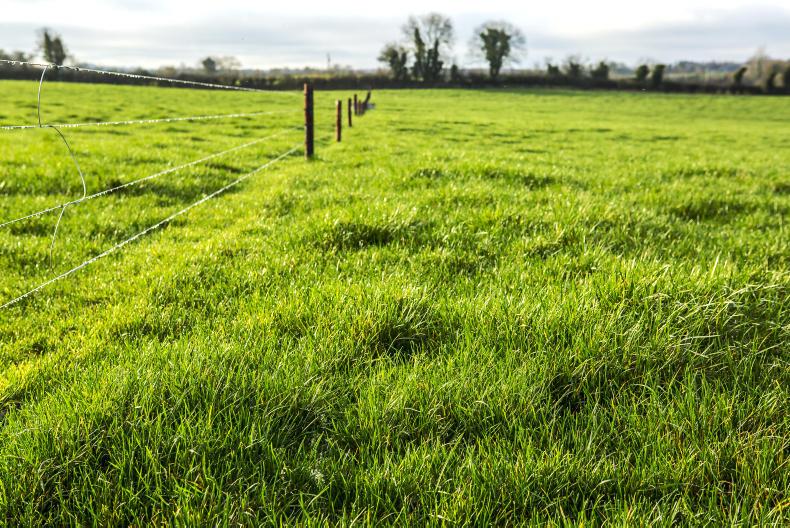
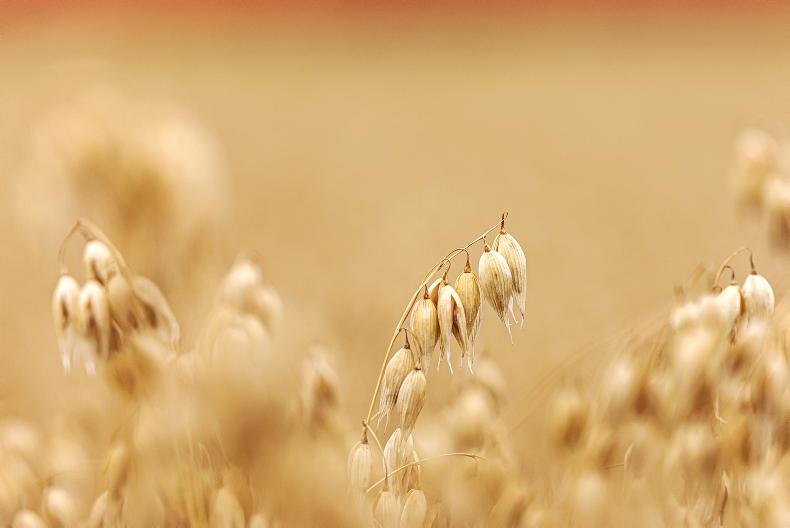

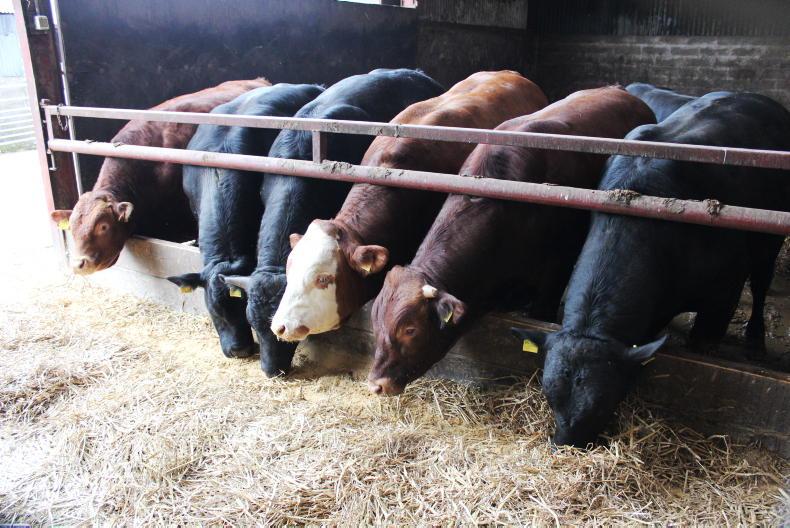
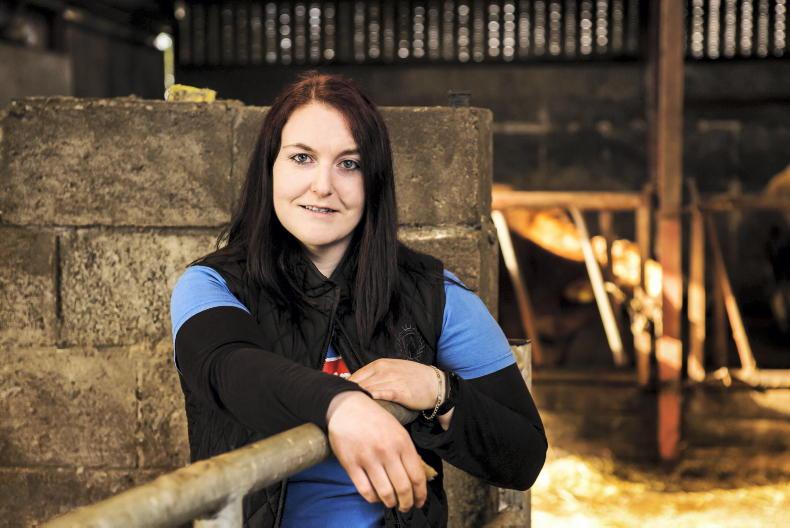
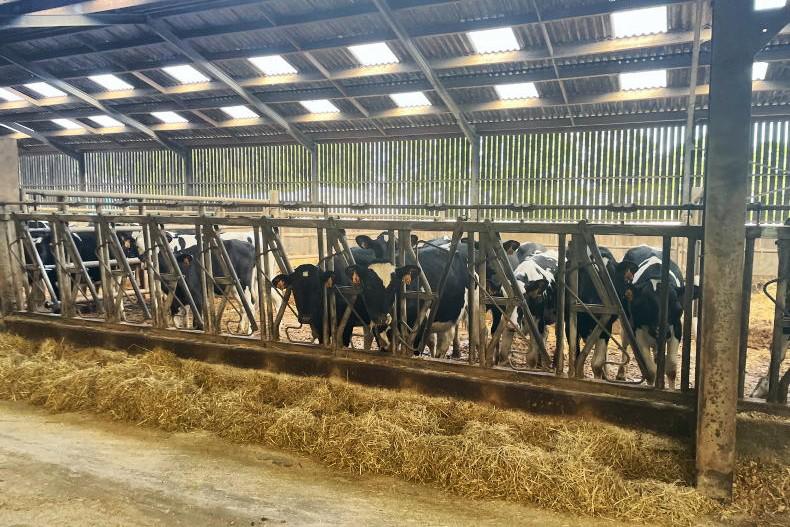
SHARING OPTIONS